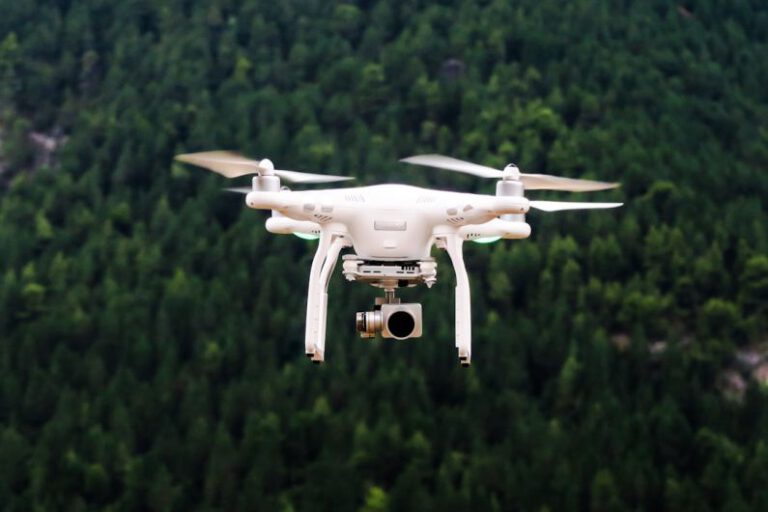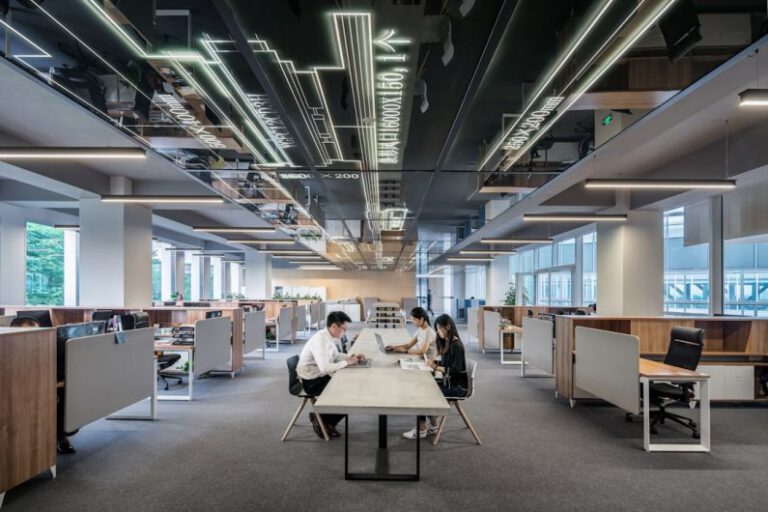Digital Twins: the Smart City Blueprint
In the rapidly evolving landscape of urban development, the concept of digital twins has emerged as a game-changer in shaping the future of smart cities. By leveraging advanced technology and data analytics, digital twins offer a comprehensive virtual representation of physical assets, processes, and systems within a city. This innovative approach enables city planners and policymakers to gain valuable insights, optimize infrastructure management, and enhance the overall efficiency of urban environments. Let’s delve deeper into the realm of digital twins and explore their transformative potential in building the smart cities of tomorrow.
Unlocking the Power of Digital Twins
Digital twins serve as digital replicas of physical assets, such as buildings, transportation networks, and utility systems, by integrating real-time data from various sources. These virtual models provide a dynamic and interactive platform for monitoring, simulating, and analyzing the performance of urban infrastructure in a highly detailed manner. By harnessing the power of digital twins, city authorities can visualize complex systems, identify potential issues, and make data-driven decisions to improve operational efficiency and resilience.
Enhancing Urban Planning and Design
One of the key benefits of digital twins lies in their ability to streamline urban planning and design processes. By creating virtual replicas of entire city environments, planners can test different scenarios, evaluate the impact of proposed changes, and optimize the layout of infrastructure components. From optimizing traffic flow and energy consumption to designing sustainable buildings and green spaces, digital twins provide a holistic view of urban ecosystems, enabling informed decision-making and fostering sustainable development practices.
Optimizing Infrastructure Management
Digital twins play a crucial role in optimizing the management of critical urban infrastructure, such as water supply networks, electrical grids, and transportation systems. By continuously monitoring and analyzing real-time data, city officials can proactively detect anomalies, predict potential failures, and implement preventive maintenance measures to ensure the smooth operation of essential services. Additionally, digital twins enable predictive modeling and scenario planning, allowing cities to anticipate future demands, optimize resource allocation, and enhance the overall resilience of infrastructure systems.
Improving Citizen Engagement and Services
In the era of smart cities, citizen engagement and service delivery are paramount to creating inclusive and livable urban environments. Digital twins offer a unique opportunity to involve residents in the urban planning process, gather feedback on proposed projects, and co-create solutions that meet the needs of diverse communities. By visualizing data in a user-friendly interface, city residents can explore virtual representations of their neighborhoods, access real-time information on public services, and actively participate in shaping the future of their cities.
Fostering Innovation and Collaboration
Digital twins serve as catalysts for innovation and collaboration among various stakeholders involved in urban development projects. By providing a common platform for sharing data, insights, and best practices, digital twins facilitate multidisciplinary collaboration between government agencies, private sector partners, academic institutions, and community organizations. This collaborative approach not only accelerates the pace of innovation but also fosters a culture of knowledge sharing, creativity, and continuous improvement in building smarter and more sustainable cities.
Navigating the Path to Smart Cities
As cities around the world strive to become smarter, more sustainable, and resilient, digital twins emerge as a powerful tool in their urban planning arsenal. By harnessing the capabilities of advanced technology and data analytics, city authorities can create virtual replicas of urban environments, optimize infrastructure management, and enhance citizen engagement. Digital twins pave the way for building more efficient, livable, and future-ready cities that prioritize innovation, sustainability, and inclusivity. Embracing the concept of digital twins is not just a technological advancement but a strategic imperative in shaping the smart cities of tomorrow.






